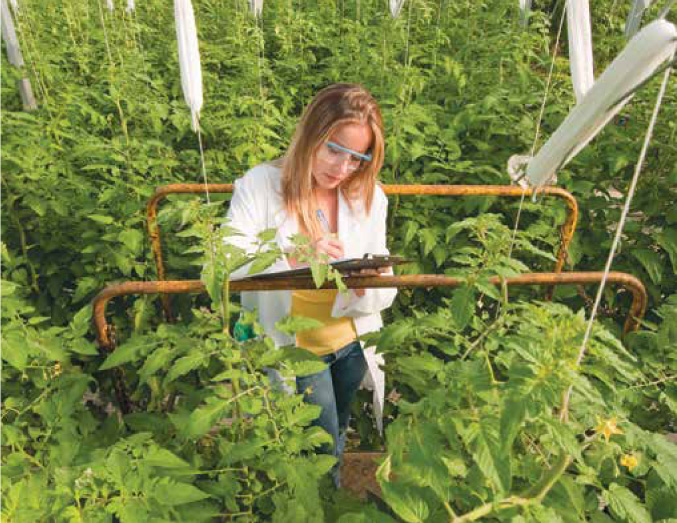3.3 Regulation happens even in the face of change.
Regulation begins with risk assessment—a careful weighing of the risks and benefits associated with any given chemical. In an ideal world, unbiased, professional regulators would assess the safety of every new chemical before it entered our lives. They would discern all the potential consequences of excessive or continued long-term exposure and, in so doing, would protect us from any slow, unwitting poisoning. In reality, of course, a variety of factors—practicality, economic forces, sheer need—make such thorough precautions nearly impossible to implement.
The decision to ban BPA from baby bottles followed an investigation by Health Canada, the federal agency responsible for protecting Canadians’ health. The agency had been investigating BPA as part of the Chemicals Management Plan, operated by Health Canada and Environment Canada.
In the case of BPA, where the data were uncertain and the effects unpredictable, the government employed a “better safe than sorry” strategy, known as the precautionary principle. MacDonald says that, in the face of what may be considered limited information, this approach cautions us to “stop, reduce our exposure, and do more research to find out if something is, in fact, safe before continuing to expose ourselves on such a wide basis.”
42
This rule of thumb calls for leaving a wide safety margin when setting the exposure limit—the maximum quantity of a substance to which humans can safely be exposed. The width of that margin depends on the severity of the potential health effects and environmental damage.
The precautionary principle is becoming a favoured tactic in the European Union. But despite Canada’s early action on BPA in baby bottles, for the vast majority of chemicals, it largely follows the lead of the United States, which takes a different approach: “innocent until proven guilty.” Rather than thoroughly testing each individual compound, regulators make educated guesses about safety, based on how other, similar compounds have fared. As a result, toxic products are often discovered only after reaching the marketplace—usually when some person or group of people suffers the effects of exposure. Then these products are recalled.
As the case of BPA shows, even when concerns about safety emerge, the presence of contradictory information about the harm a substance poses can make deciding which precautions to take seem like an impossible task.
Part of the problem is that, even in our era of warp-speed communication, information is a slippery thing; this is especially true when it comes to science. We are constantly uncovering new information and gleaning new insights about the environment and our relationship to it. And as our understanding grows and changes, existing information often becomes subject to new interpretation. In fact, much of what we learn in science class today will be outdated 5 years from now—not because we are wholly ignorant in the present, but because we will know so much more in the future.

In this rapidly moving current of knowledge floats a seemingly endless array of information sources: newspapers and magazines, websites, television, scientific journals, and so on. Not all of these sources are equal. While some are carefully vetted for accuracy, others are incomplete or deliberately misleading.